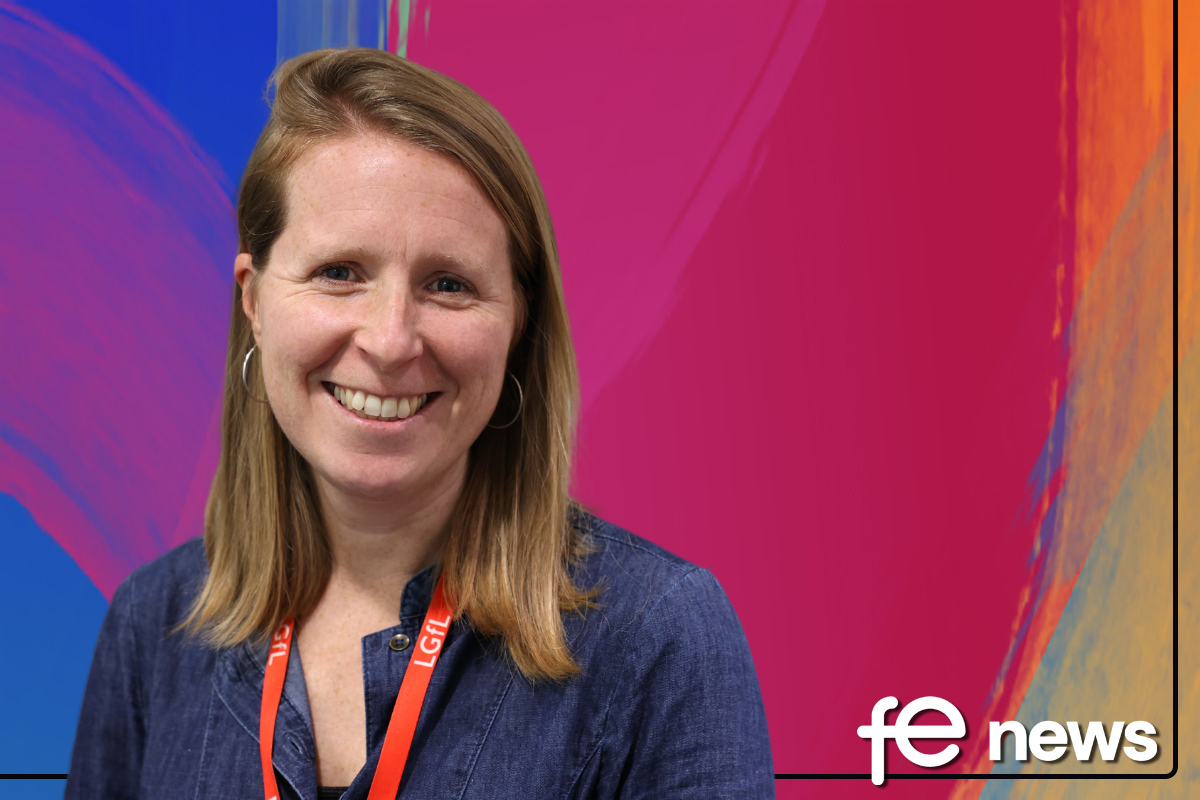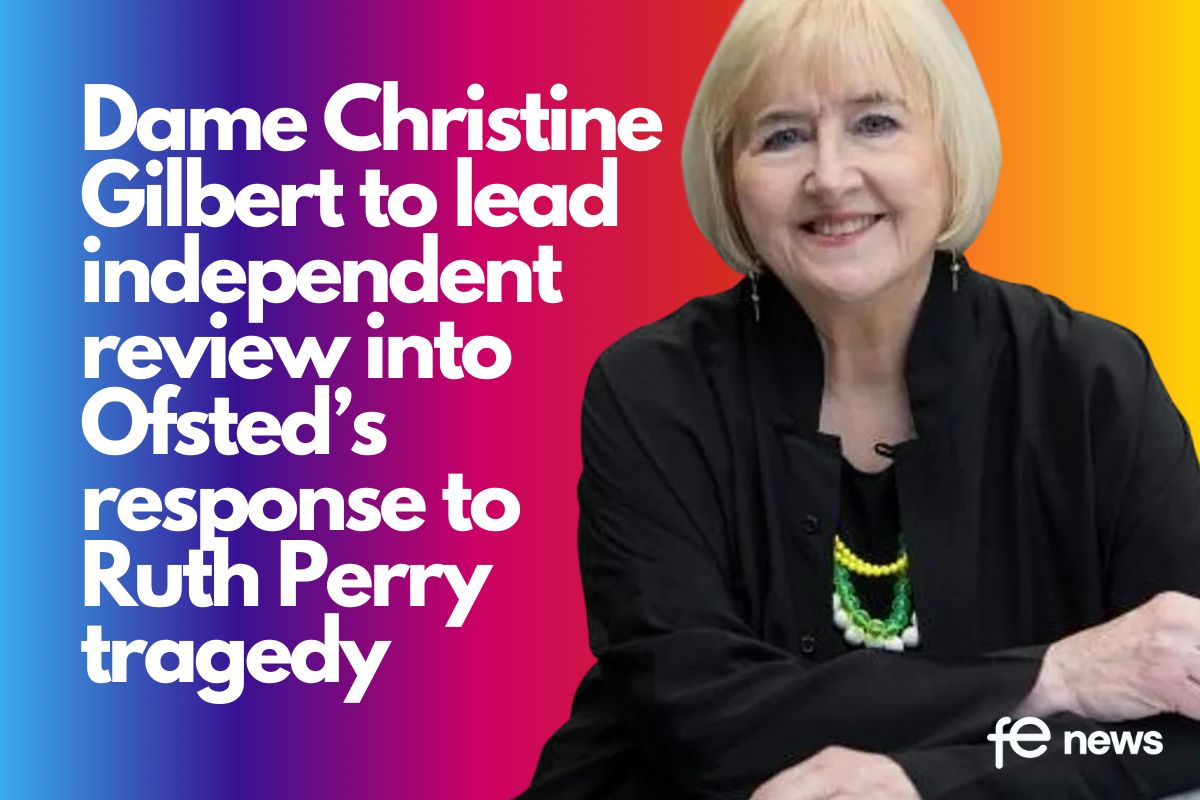Largest funding cuts for schools in poor areas – Only 0.5% funding targeted at deprived schools

Schools serving more deprived pupils in England have already seen the largest falls in spending per pupil over the last decade. Going forwards, the government’s new National Funding Formula will deliver funding increases of 3 – 4 percentage points less to schools in poorer areas than to those in more affluent areas up to 2021, leave them badly placed to deal with COVID challenges.
These patterns run counter to the objective of levelling up poorer regions of the country and will make it harder to address the educational challenges and inequalities resulting from COVID-19. In response, only the new £350 million National Tutoring Programme is targeted at more deprived schools, representing just 0.5% of school funding.
These are among the findings of the schools chapter of this year’s IFS ‘Annual report on education spending in England’, funded by the Nuffield Foundation. The full report looking at the challenges posed by COVID-19 for all education sectors will be released later this autumn.
The research also finds that:
School spending per pupil in England fell by 9% in real terms between 2009–10 and 2019–20. This represents the largest cut in over 40 years, though these cuts come on the back of a significant increase in spending per pupil of over 60% during the 2000s. Recent cuts have mainly been driven by cuts to school sixth-form funding and big reductions in the spending role of local authorities. Cuts look similar whether we compare against general inflation or school-specific cost changes over the last decade.
The government has allocated an extra £7.1 billion for schools in England through to 2022–23. This will increase spending per pupil by 9% in real terms between 2019–20 and 2022–23 (as measured against expected general inflation) and near enough reverse the cuts of the 2010s. If we account for expected increases in teacher pay, the real-terms increase in spending per pupil will be lower, at 6%. In either case, school spending per pupil in 2022–23 is set to be no higher in real terms than in 2009–10.
Secondary school spending per pupil fell by 9% in real terms between 2009–10 and 2019–20, partly reflecting cuts of over 25% to sixth-form funding per student. In contrast, primary school spending per pupil has grown by 4%. As a result, the per-pupil funding difference between secondary and primary schools fell from 30% at the end of the 2000s to 16% in 2019–20. This continues a long-run trend, with this funding difference already down from over 50% during the 1980s. Whilst empirical evidence shows high benefits to spending at younger ages, it is not clear evidence supports such a dramatic shift.
During the 2000s, the funding advantage per pupil enjoyed by the most deprived schools grew from 20–25% in 2000–01 to 35% by 2010–11. Despite the introduction of the Pupil Premium in 2011, the deprivation funding premium shrank from 35% in 2010–11 back to 25% in 2018–19. Some of the decline in the deprivation funding premium can be accounted for by changing geographical patterns in deprivation, such as falls in deprivation inside London, and a school funding system that did not adjust swiftly to such changes.
In the long run, the new National Funding Formula should ensure the funding system is more responsive to changes in the geography of deprivation. However, in the short run, the new formula will deliver funding increases of 3–4 percentage points less to schools in poorer areas than to those in more affluent areas up to 2021.
Given lost schooling and a likely widening of educational inequalities during lockdown, the government has announced a range of measures to help schools face these challenges. These include a one-off extra £80 per pupil aged 5–16 and a national tutoring programme. Only the National Tutoring Programme is targeted at more disadvantaged pupils. It is also not at a scale that will allow schools to address the inequalities that have widened during lockdown.
Looking across the UK, cuts in England over the 2010s (9%) were larger than in Wales (5%), but on a par with Northern Ireland (10%). In contrast, spending per pupil in Scotland rose by 5% in real terms over the 2010s, reflecting extra funding to finance increases in teacher pay totalling more than 10% over 2018 and 2019. Spending per pupil is highest in Scotland (£7,300), of similar levels in Wales and England (£6,100) and lowest in Northern Ireland (£5,800).
Dr Luke Sibieta, Research Fellow at IFS, said:
‘Schools in poorer areas of England face significant challenges over the next few years, with a likely widening of educational inequalities during lockdown and higher costs associated with higher teacher starting salaries. However, schools with more deprived pupils have seen the largest falls in spending over recent years and are set to see smaller funding increases than schools in more affluent areas from the government’s new funding formula. Most of the COVID catch-up funding will be spread across all schools, regardless of disadvantage. This provides a strong case for greater targeting of additional funding to more deprived schools.’
Josh Hillman, Director of Education at the Nuffield Foundation, said:
‘As a result of the COVID-19 crisis, the most deprived pupils are not only more likely to be behind in their learning, but their families are also at greater risk of poverty, food insecurity and job losses. This could further entrench the disadvantage these children face. As this research shows, it is therefore crucial that schools in deprived areas receive adequate and well-directed funding so that they can help to close the disadvantage gap and ensure all children can reach their potential.’
 Dr Mary Bousted, Joint General Secretary of the National Education Union said;
Dr Mary Bousted, Joint General Secretary of the National Education Union said;
“This important report exposes the scale of Government underfunding of education over the last decade. As the report reveals the cuts to English school spending are the largest in over 40 years.
‘This is an historic failure of the nations children. It is also striking that despite Government rhetoric of “levelling up” the reverse is true. It is those schools that serve children from the poorest backgrounds which have had their funding cut the hardest.
‘Schools have the enormous challenge of trying to overcome the effects of the pandemic; however, the funding allocated for the National Tutoring Programme are not of a scale to make an impact and the resources allocated to disadvantaged pupils will not address the inequalities widened by the lockdown. Schools have also had to spend considerable sums to mitigate the risk of coronavirus spreading and most schools have received no support for the Government.
‘This comprehensive report makes sobering reading and the Government must invest significant sums not just to reverse cuts to education but also to allow schools to cut class sizes which are amongst the highest in Europe. There are now a million children educated in classes with more than 30 pupils in England.
‘Children only get one chance to go to school, a whole generation of pupils have had the whole of their time in school blighted by cuts.”
 Kate Green MP, Labour’s Shadow Secretary of State for Education, said:
Kate Green MP, Labour’s Shadow Secretary of State for Education, said:
“The Tories have slashed school budgets for the first time in decades, leaving a generation of children to pay the price for this government’s chronic incompetence.
“The cuts that they imposed on schools were a dangerous false economy, that simply made it harder for them to respond to the ongoing pandemic, with the most disadvantaged areas hit the hardest.
“This incompetence cannot be allowed to continue, and the government must ensure that schools, pupils, and staff are given the support they need in the months and years ahead.”
A Department for Education spokesperson said:
“Schools are receiving a £2.6 billion boost in funding this year, as we begin to invest over £14.4 billion in total over the three year period through to 2022-23 compared with 2019-20 – giving every school more money for every child.
“The lowest funded schools are receiving the greatest increases as every child deserves a superb education, regardless of which school they attend, or where they happen to grow up.
“We continue to target additional funding through the national funding formula for schools with high numbers of pupils from disadvantaged backgrounds, providing £6.3 billion in 2020-21 for pupils with additional needs, representing 18 per cent of the formula’s total funding. Our £1 billion Covid catch up package on top of this is helping level up opportunity for every young person up and down the country.”
“The national funding formula ensures the fair distribution of funds based on the needs of schools and their pupil cohorts. The formula ensures that every school will receive more money for every pupil next year.
“Schools’ base budgets are rising by £2.6bn this year, £4.8bn next year and £7.1bn in 2022-23, compared to 2019-20, while the Government has also announced a further £1bn to ensure schools have the support they need to help children and young people make up for lost teaching time.
“Each secondary school will attract a minimum of £5,150 per pupil and each primary a minimum of £4,000 per pupil under the national funding formula from 2021-22, up from the £5,000 and £3,750 this year.
“All schools are receiving additional funds to cover additional teachers’ pay and pension costs, which will be distributed through the national funding formula allocations from 21-22. This adds a further £180 and £265 respectively to the 21-22 minimum per pupil amounts.
“We also provide additional support through the Pupil Premium – £2.4 billion this year – to improve the attainment and wider outcomes of pupils from disadvantaged backgrounds.
Methodology: Unless otherwise stated, all amounts are in 2020–21 prices, all changes are in real terms and all figures relate to day-to-day or current school spending in England. This research has been funded by the Nuffield Foundation as part of IFS’s Annual Report on Education Spending (grant number EDO/43355), with co-funding from the ESRC via the Centre for the Microeconomic Analysis of Public Policy (ES/M010147/1) at IFS.












Responses